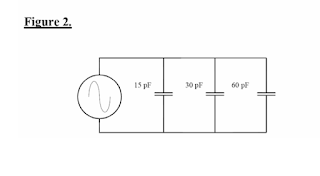In one word it is: Passion.
It is the main key to success even though there are many of them still passion = creativity and creativity = Success.
Don't do something you can't stand, Determination and ego won't get you so far and even if they did -which I doubt very much- When it is all done and you look back at it you will feel like it wasn't much of a success rather than a waste of time to achieve something you didn't want in the first place.
By passion I mean to like the purpose and the ability to overtake what you hate on your way to that purpose.
By passion I don't only mean career-wise it also includes where you live, Who are your friends... etc.
With that comes choices and how they affect your path in life, Again follow what you really like what you can master what you can spend countless nights dreaming of and don't ever let anybody interfere with you decisions. But again we aren't gods and limited resources and abilities calls for sacrifices which needs a stable mind and no quick decisions that you might regret.
Last is to accept whatever happens to you and always believe that if you did your best you don't have to blame yourself also if you didn't do your best there is always tomorrow, like they say If you spend today crying over what happened Yesterday, you will spend tomorrow crying for wasting today.



